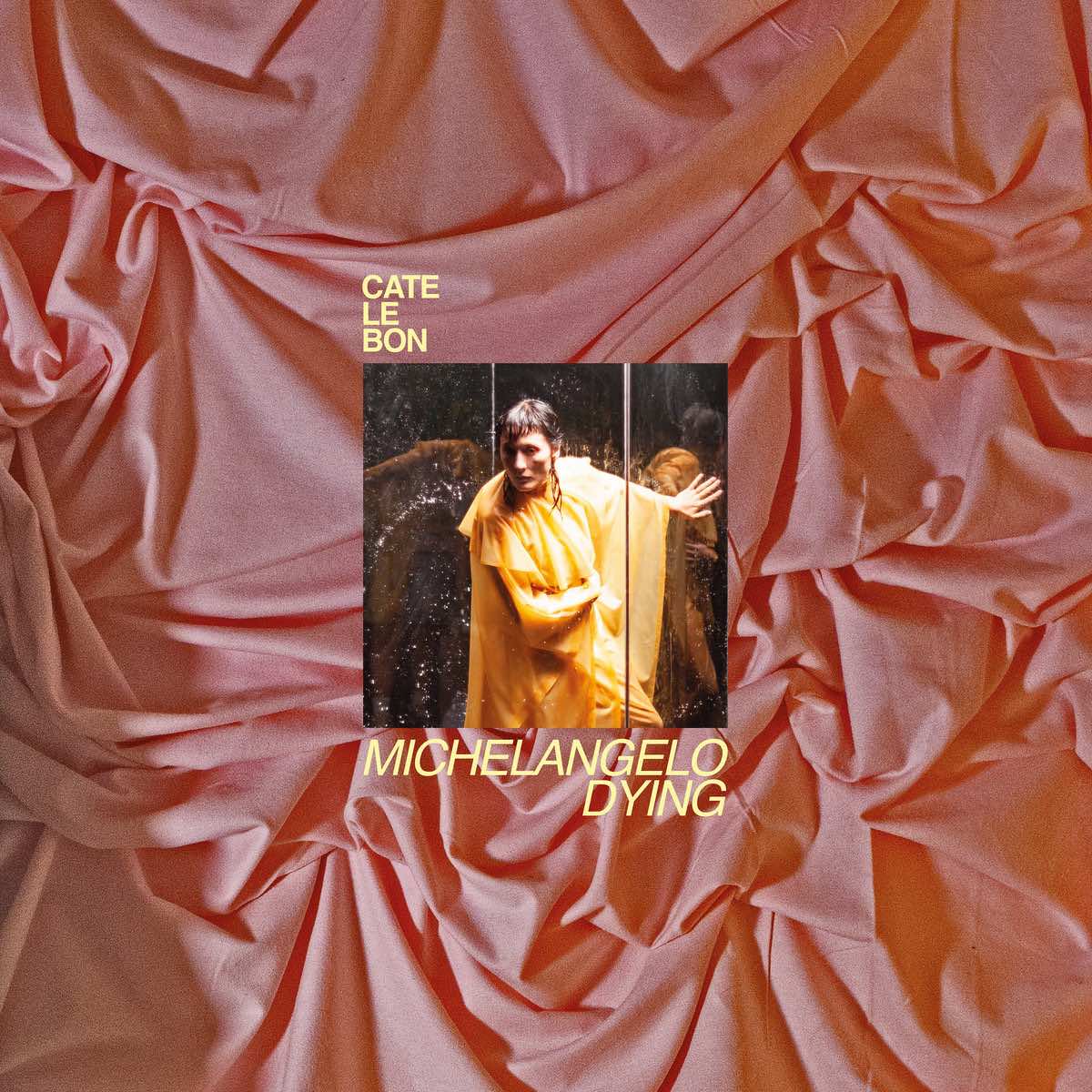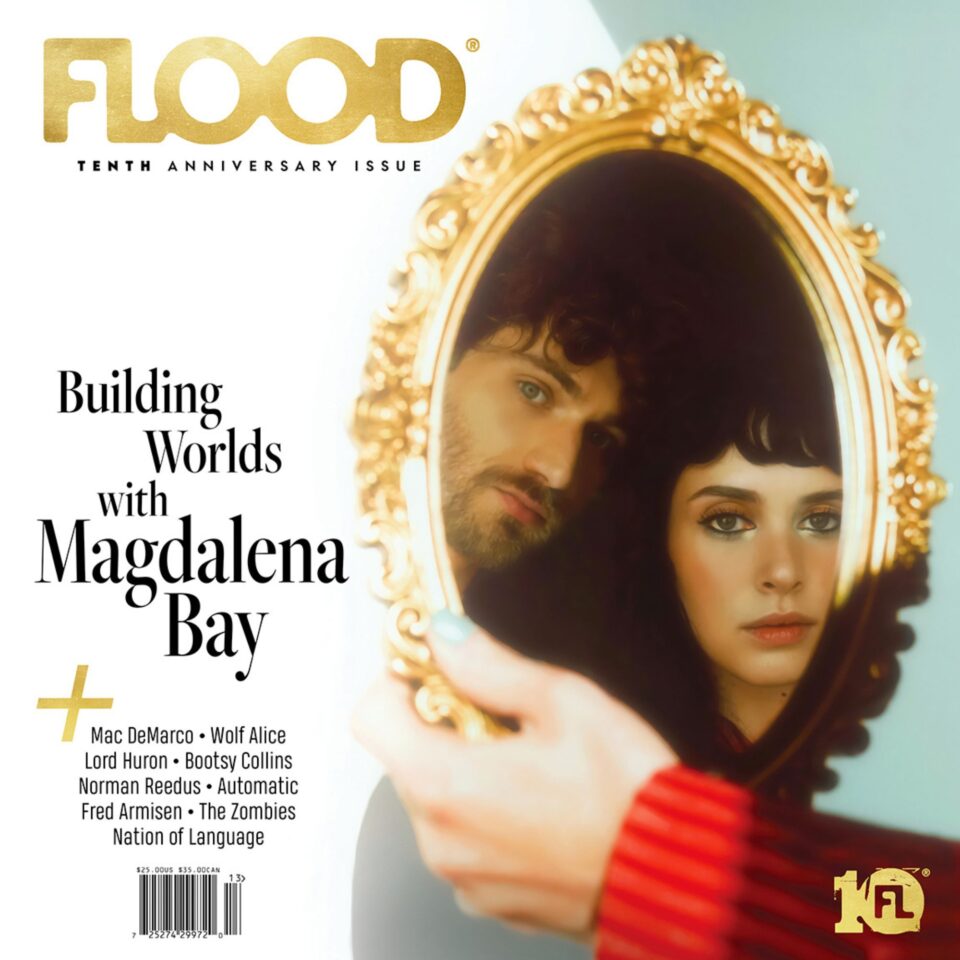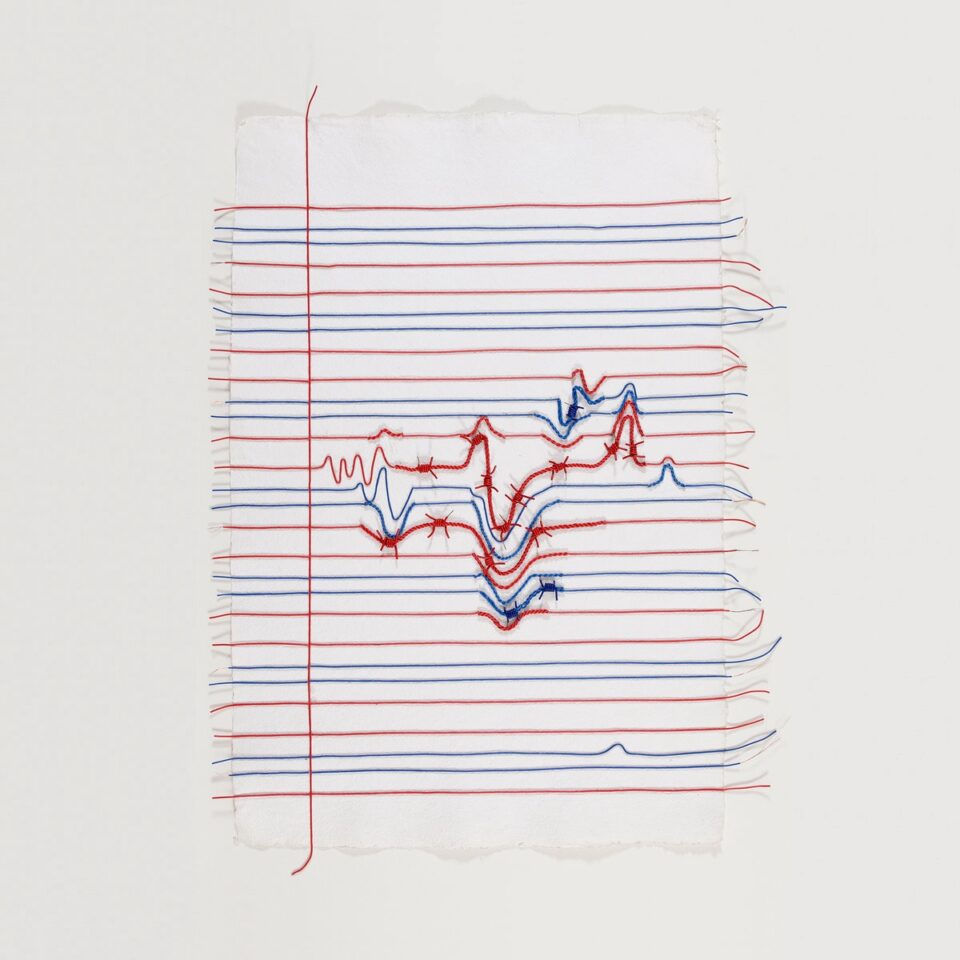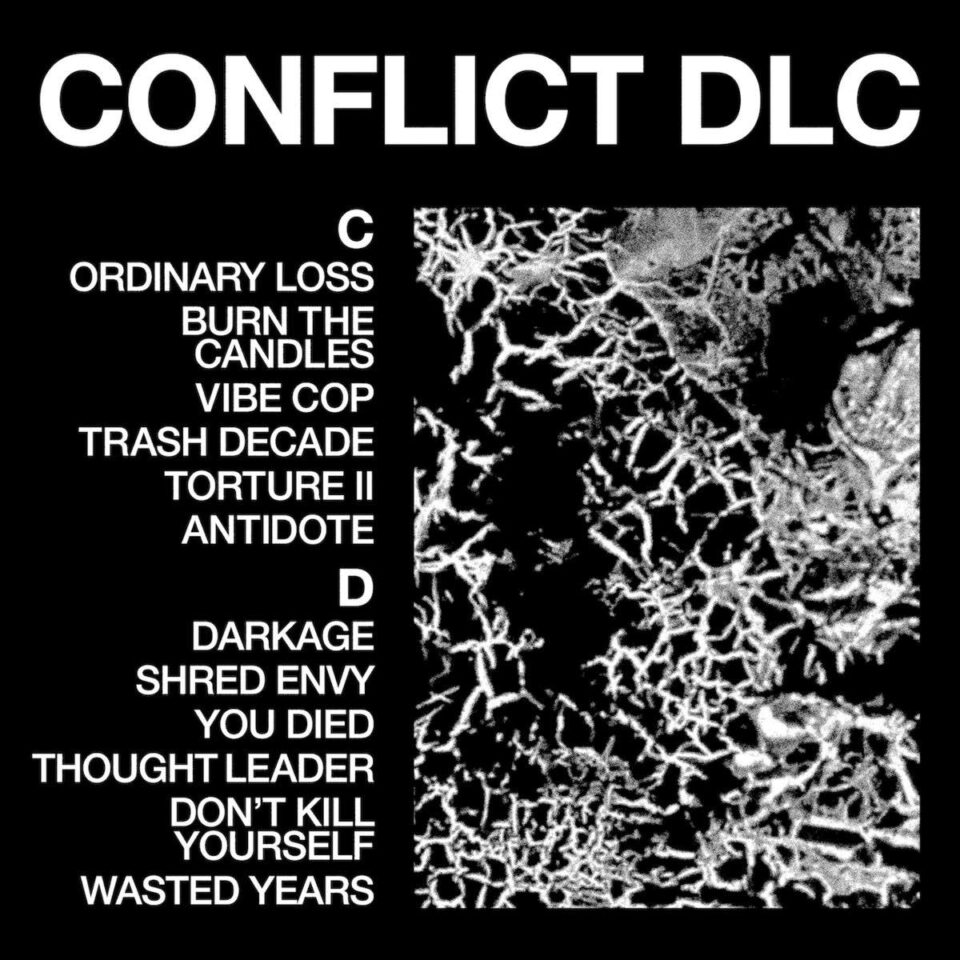Cate Le Bon
Michelangelo Dying
MEXICAN SUMMER
The most internationally prominent exponents of Welsh alternative music over the last couple of decades have frequently been inventive—sometimes eccentric—indie-psych acts. See the likes of Cate Le Bon, Gwenno, The Bug Club, H. Hawkline, and Adwaith for current examples. Although the roots of this psychedelic aesthetic go much further back (we’re a country famed for our castles and folklore as much as we are for our mountains covered in psychedelic mushrooms), the ground zero for contemporary Welsh alternative music is perhaps Super Furry Animals: cult psych-rockers whose shadow looms large over our music culture. Le Bon’s first notable exposure even came through a support slot for the band’s prolific frontman Gruff Rhys way back in 2007.
The West Walian–born Le Bon has risen to become perhaps our most prominent purveyor of psych-channeling art rock. Her discography is rich and rewarding, full of colorful rabbit holes and gnomic diversions. It’s psychedelic in the literal sense: it drags you into the wild depths of its creator’s consciousness. The meaning of her work isn’t always easy to grasp, however, when the music is this delightful and inventive. But then again, who cares? Try figuring out what most of the late-’70s masterworks of David Bowie are about. This is postmodernism, baby; meaning is a slippery, multi-faceted, and sometimes redundant metric.
Michelangelo Dying is perhaps Le Bon’s most “Cate Le Bon” work in the sense that it’s a bold, sometimes baffling, and frequently beautiful collection—one that’s abstract, yet also easy-going and oddly endearing. The overarching mood of these 10 tracks is perhaps the acceptance of heartache. These are grand, experimental pop tracks imbued with glitterball-lit, sad-dancing vibes. You’ve had your heart broken and you’re out drowning your sorrows in a dingy 1970s Berlin nightclub. “Is It Worth It (Happy Birthday)?” is like being the last person on the dancefloor, slow dancing with a ghost. “About Time” rides an Arthur Russell by way of Tangerine Dream guitar and synth melody that feels like the taxi ride home through the dark city, while “Ride” (which features OG Welsh psychedelic-music great John Cale) soundtracks a drunken descent into inscrutable dreams.
Le Bon’s musical palette here channels influences such as the hazy synths and saxophones of Bowie’s aforementioned late-’70s era, the icy abstractions of Japan, and the avant-pop of Laurie Anderson. There’s also more than a touch of hypnagogic pop within these textured tracks. The term describes acts who utilize warped, synthetic sonic signifiers that conjure out-of-time, memory-laden—yet fundamentally still “pop”—vistas, a mode Le Bon employs here to further ensnare us in her abstract musings on love and heartache. While it’s not always easy to visualize her words, their emotional substance comes through loud and clear: Something very bad has befallen the album’s narrator and we’re experiencing it through the prism of their fragmented memories.
An extremely rich collection, Michelangelo Dying is properly immersive. You plunge head first into its swirling void of memory, feeling its pain while also joining in its invitation to dance arm-in-arm with the musical ghosts of its strange, seductive, and quite beautiful world.







